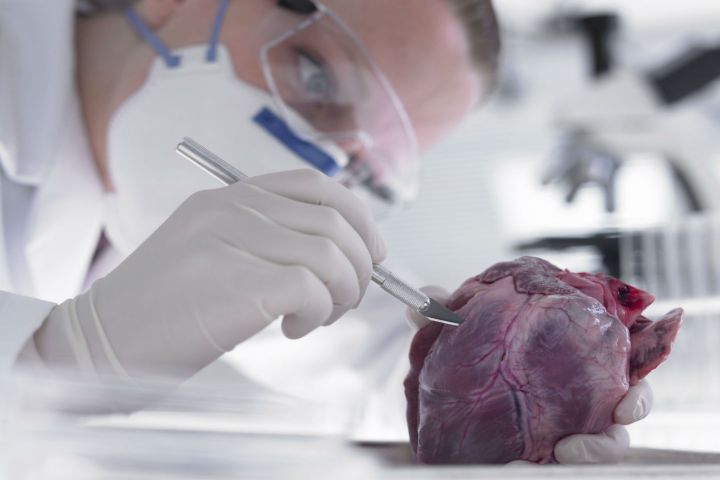
In yet another example of the incredible inventions that come out of the intersection between medicine and technology, scientists at Tel Aviv University’s Department of Biotechnology, Department of Materials Science and Engineering, and Center for Nanoscience and Nanotechnology have gifted the world with a “cyborg heart patch” that just might upend the entire cardiac research field. Thanks to the combination of both organic and man-made parts, this patch boasts machine-esque regularity with the expansion and contraction abilities of human heart tissue.
“With this heart patch, we have integrated electronics and living tissue,” said professor Tal Dvir, one of the patch’s inventors. “It’s very science fiction, but it’s already here, and we expect it to move cardiac research forward in a big way. Until now, we could only engineer organic cardiac tissue, with mixed results. Now we have produced viable bionic tissue, which ensures that the heart tissue will function properly.”
The implications of this new product are staggering. With the heart transplant list growing longer every day, the medical community has been in desperate need of some sort of life-saving alternative. And this cyborg patch may be just that. Essentially, the patch is meant to be placed atop diseased heart tissue, effectively taking the place of the dying or dead muscle. The human part of the patch contracts the cardiac muscle, while the integrated electronics component automatically detects when medication is in order, and releases it to the muscle.
“We first ensured that the cells would contract in the patch, which explains the need for organic material,” Dvir said. “But, just as importantly, we needed to verify what was happening in the patch and regulate its function. We also wanted to be able to release drugs from the patch directly onto the heart to improve its integration with the host body.”
Better still, the cyborg patch allows for constant monitoring by doctors, which means that healthcare professionals can be kept constantly up to date on their patient’s status. “Imagine that a patient is just sitting at home, not feeling well. His physician will be able to log onto his computer and this patient’s file—in real time,” Driv says. He can view data sent remotely from sensors embedded in the engineered tissue and assess exactly how his patient is doing. He can intervene to properly pace the heart and activate drugs to regenerate tissue from afar.”
So we’re not quite cyborgs yet, but organ by organ, we may be getting closer to the dream.


